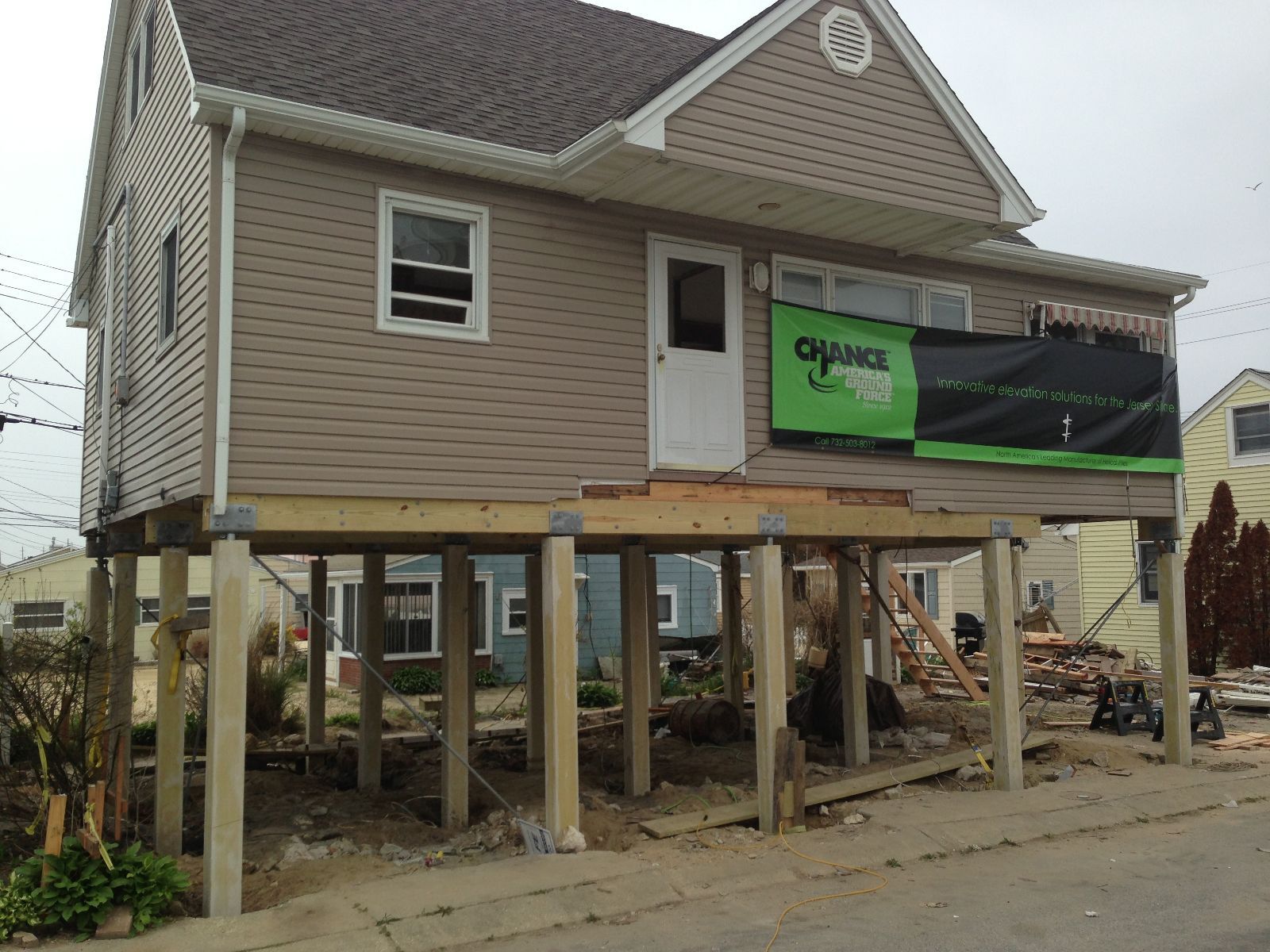Yes, it is a proper and useful comparison to cutting, splitting and seasoning many cords of wood.
I am leaning on a little of that in my avatar. That's crap for the workshop.
It was free, not easy even with the 36" power saw.
Part of the issue here is/was the up front, capital cost of the pellet stove, itself.
I spent more than $3,000.00 before I lit the first match.
Must be 10+ years by now. As it turns out, the pellet stove is a little more than half the cost
of heating ( 2 x 1200 sqft) for each of the past decade of winters.
The cost savings has more than paid for all my power tools, all my solar power system
and all the appliances in my whole house (stove, fridge, washer, dryer & dishwasher.)
Not a bad investment.
Does your brother experience winter nights of -30C and colder with wind? Because I do.
You base your wood burning experience on volume, not mass like we do.
Conifers do not produce "flash heat" if the burn mass is properly managed.
You need a far better quality stove.
Do it all again? In a minute.
Stove? Probably pay far more attention to the Scandinavian soapstone stoves.
I think that they have better heat transfer characteristics than my steel Harman PP38+ stove.
I am leaning on a little of that in my avatar. That's crap for the workshop.
It was free, not easy even with the 36" power saw.
Part of the issue here is/was the up front, capital cost of the pellet stove, itself.
I spent more than $3,000.00 before I lit the first match.
Must be 10+ years by now. As it turns out, the pellet stove is a little more than half the cost
of heating ( 2 x 1200 sqft) for each of the past decade of winters.
The cost savings has more than paid for all my power tools, all my solar power system
and all the appliances in my whole house (stove, fridge, washer, dryer & dishwasher.)
Not a bad investment.
Does your brother experience winter nights of -30C and colder with wind? Because I do.
You base your wood burning experience on volume, not mass like we do.
Conifers do not produce "flash heat" if the burn mass is properly managed.
You need a far better quality stove.
Do it all again? In a minute.
Stove? Probably pay far more attention to the Scandinavian soapstone stoves.
I think that they have better heat transfer characteristics than my steel Harman PP38+ stove.

